
The 21st century is without a doubt the age of connectivity. Computers have been around in some form or the other since the late 1800s. The internet first emerged in the 1970s and was well received by the public at large within the next two decades and prior to Y2K. But now having a computer and a working internet connection is commonplace, and we often rely on different connections to get things done. At home, you may have a WiFi connection or a broadband cable. However, when you go to your college campus or your office building, you may find yourself facing difficulties that only someone in the IT department can fix. They reconfigure this, reboot that, and then you’re suddenly on your institution’s or company's private and secure network.
Unbeknownst to us average computer users, who rely on the internet largely for a steady (but necessary) combination of work, downloading information and viewing puppy videos, the networks you use at home, at work, in public spaces, and even while traveling across state lines are different systems entirely. These networks can determine who you can connect with, how your system remains private, and where your data is stored, among many other things. These are the major different types of networks that we rely on everywhere we go.
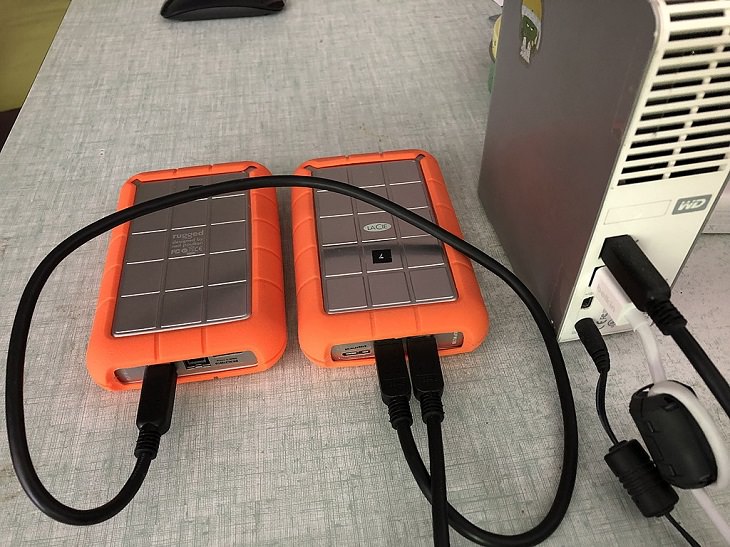
(By Gempluse, Wikimedia Commons)
This type of network has been around for a while and typically focuses on data shared on systems belonging to a single person. As the name suggests, this is the network for personal use and allows the user to connect computers, smartphones, tablets, and other devices for the purpose of transmitting data. This is a wired network that you’re likely to have in your home or personal workspace, like a USB cable or FireWire, which enable you to connect your phone to your computer or your laptop to your television.
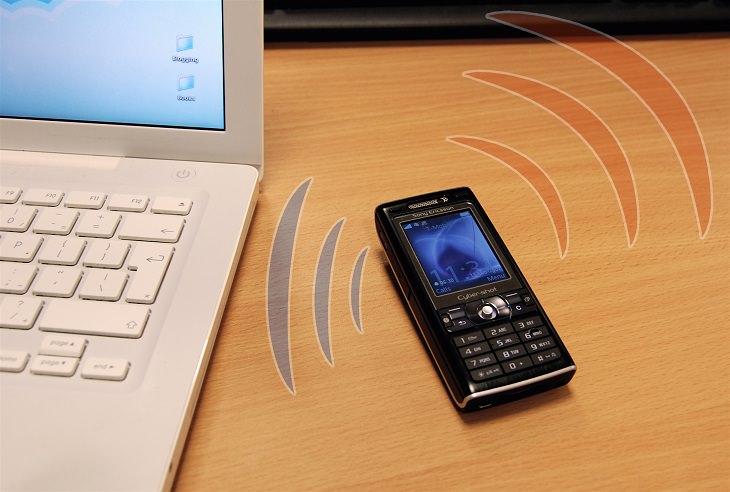
(Flickr)
You’re bound to be familiar with this type of network as they are extremely commonplace now. Again, this form of connectivity focuses on devices within a single location or belonging to an individual, and used solely for personal purposes. Examples of WPAN include Bluetooth, Wibree, and other networks that allow wireless connectivity for sharing personal data.
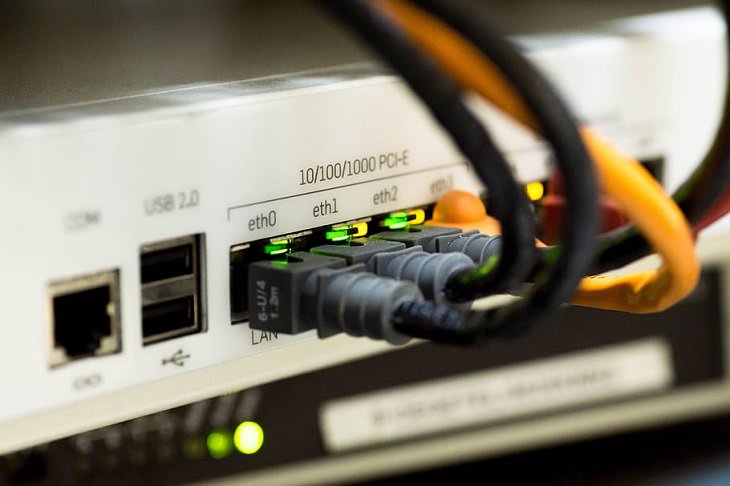
This network is most commonly found in office buildings, designated workspaces, and organizations. It is a network by which multiple systems with multiple users in a designated area can connect with each other and share both private and public data. A router is used to connect the various systems and Layer2 Ethernet switch is used for the communication and transmission of data. LAN systems are used for sharing resources securely within the company.
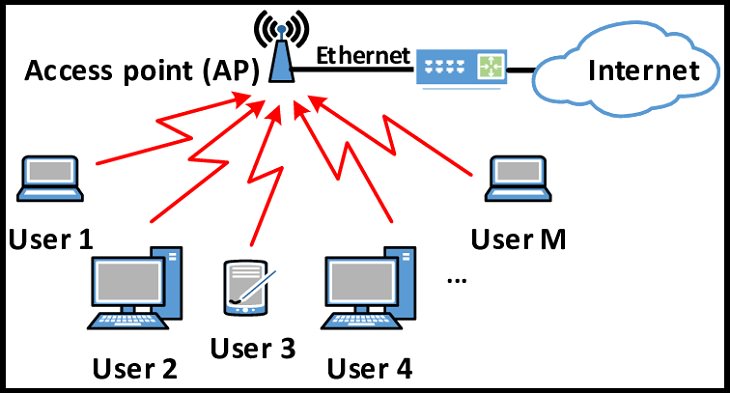
(By Heyder89, Wikimedia Commons)
Much like how WPAN differs from PAN, WLAN differs from LAN in that it does not require wires or cables to ensure connectivity. A device, like a router, is used as a Wireless Access Point (WAP) so users with devices like computers and smartphones, can have wireless access and an end-to-end connection while within the specified workspace or building. A common example of a WLAN is Wi-Fi.
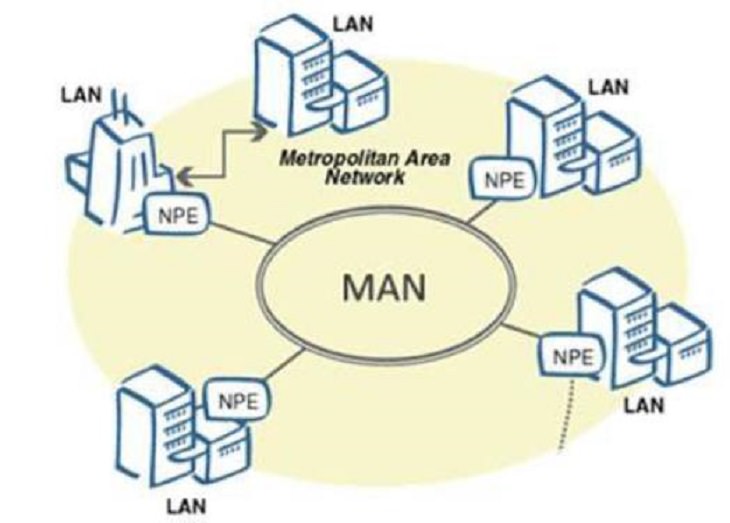
(توسط زهرا برزنونی - اثر شخصی،, Wikimedia Commons)
As you can probably guess from the name, this type of network covers a large specified geographical area, usually an entire city, district, municipality, or metropolitan area. This is essentially the main network from which routers draw connectivity for LANs in independent buildings and company properties. It is a city-wide system that can be used for connecting two or more LANs when distance acts as an obstacle in sharing data.
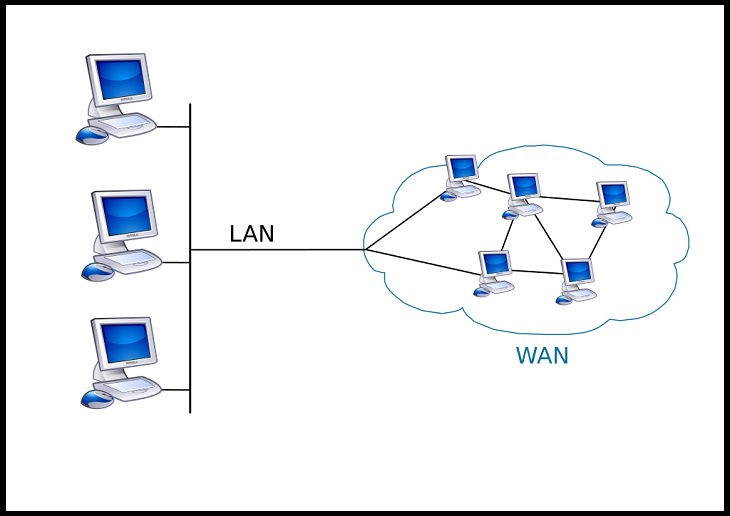
(By Gateway_firewall.svg, Wikimedia Commons)
Wide Area Networks usually cover a geographical area larger than that covered by MANs. This can include the entire state, region, or country. WAN systems allow people to communicate and share data via devices like computers and smartphones. The internet and various private broadband connections are basic examples of wide-area networks. For companies with offices across the country or the globe, WAN can be used to securely exchange information.

CAN is yet another location-based network, specifically found on campuses of academies, colleges, and similar educational institutions, though they can also be found in hospitals and organizations with a large surface area. These are the networks that allow information sharing through all connected devices within the campus, and can limit and secure the process of exchanging data, restricting access to devices or other networks without the appropriate authority.
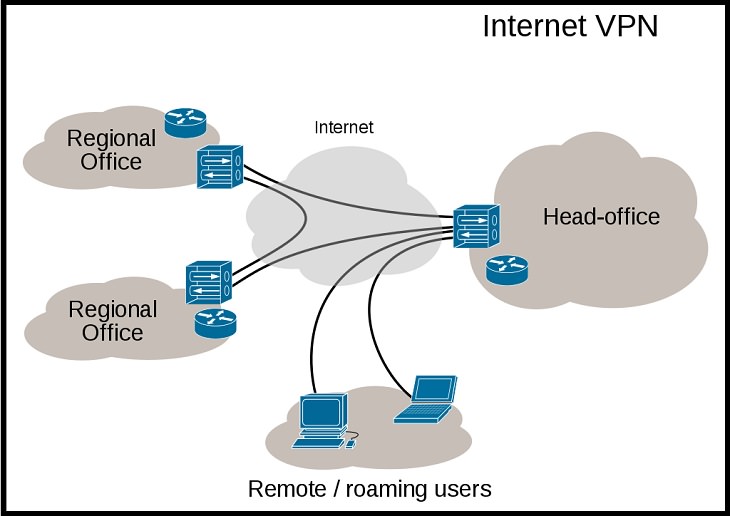
(By Ludovic.ferre, Wikimedia Commons)
A VPN is a secured network connection that makes use of an existing public or private network like LAN networks for data sharing. VPNs make use of different techniques for data encryption to create what is essentially an encryption tunnel, a line of end-to-end connectivity that is completely secure and ensures all information shared via that connection remains private. VPNs can also be used to connect LAN networks across state lines, a method often used by businesses with offices across the country.
If you found this article interesting, pass it on by sharing it!